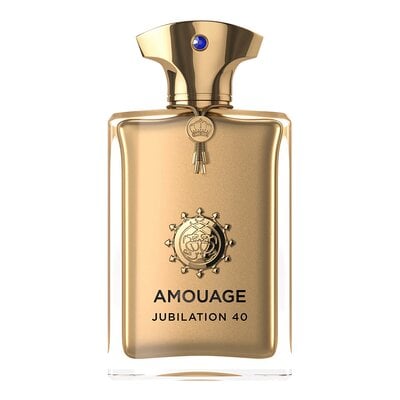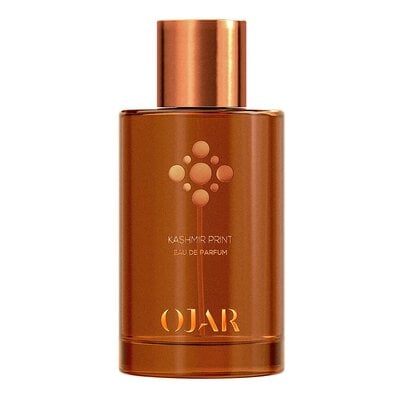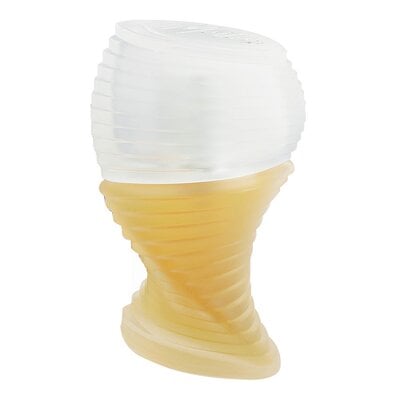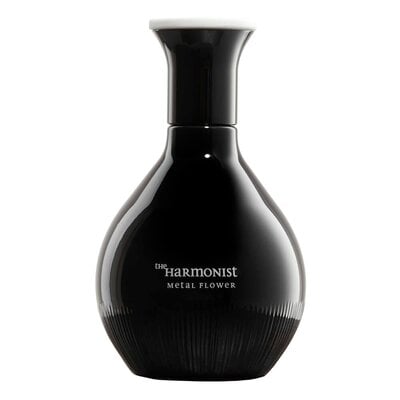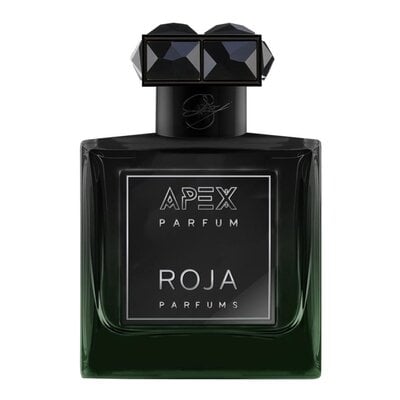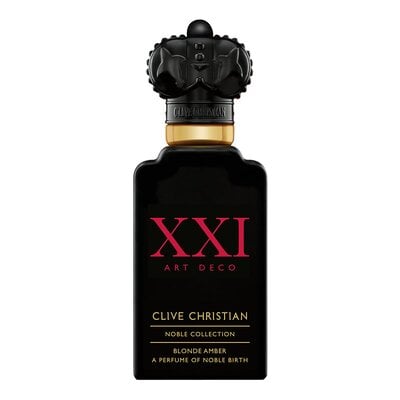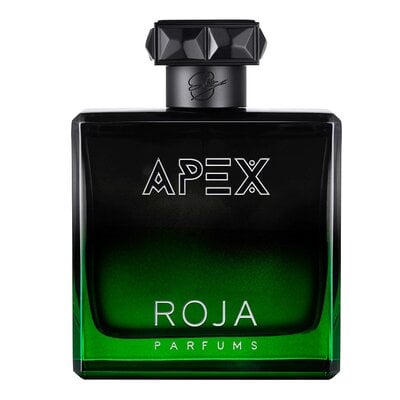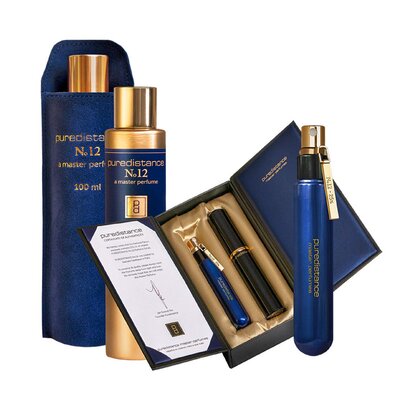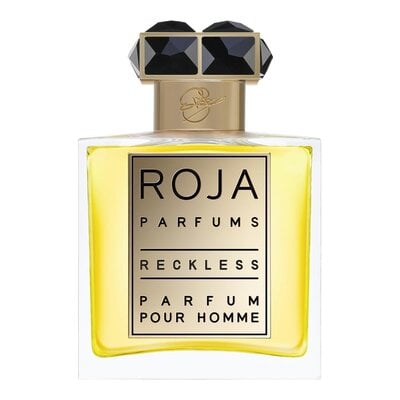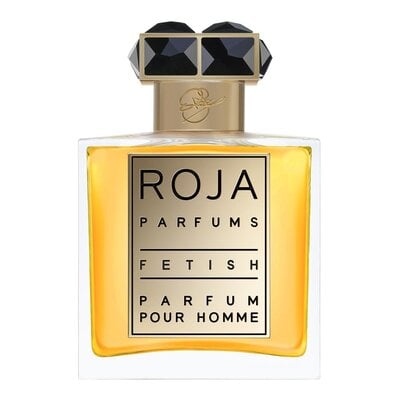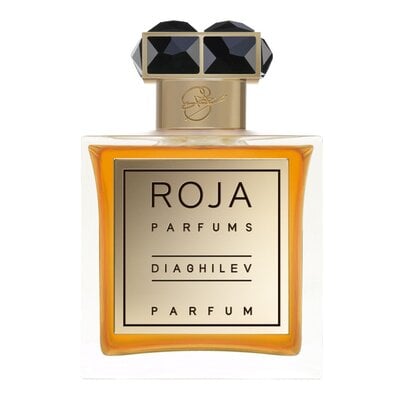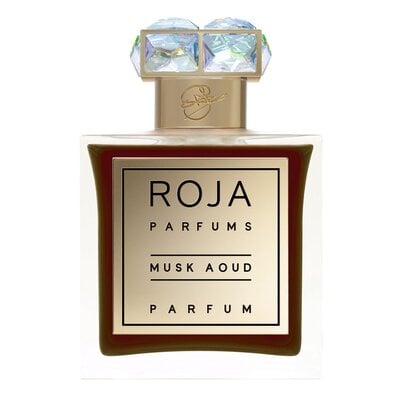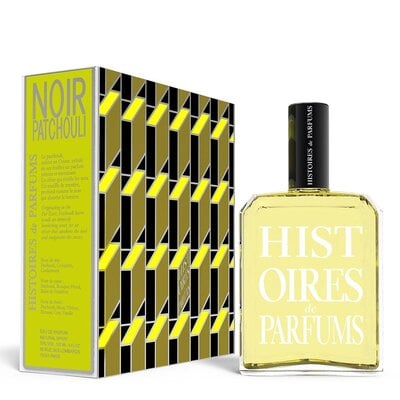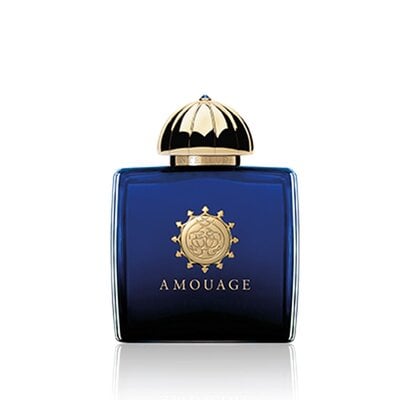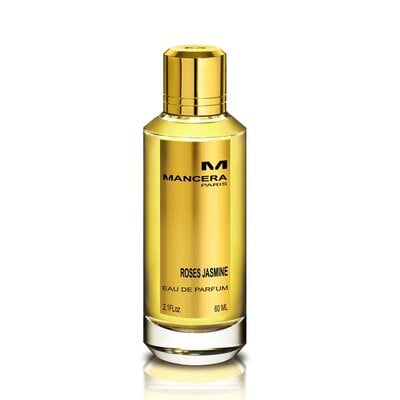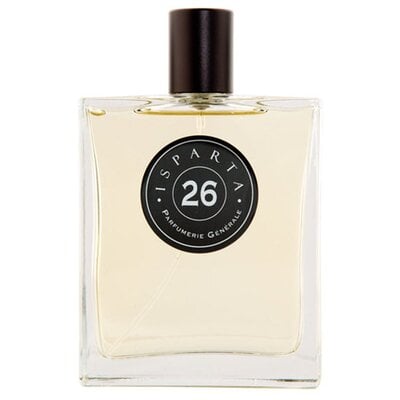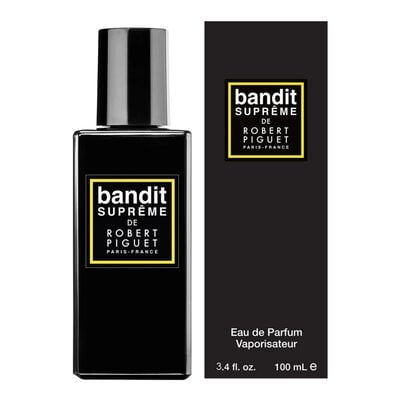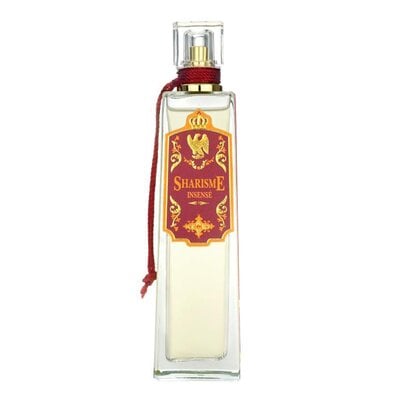
Rancé 1795Collection Impériale - Sharisme Insensé
The classic chypre note is a mixture of bergamot, jasmine, rose, patchouli, tree moss, labdanum and some animalic notes. In perfumery, there are 6 different fragrance families on the basis of which perfumes can be classified (Citrus, Floral, Ambient, Oriental, Chypre, Woody, Green/Aromatic). Chypre is one of the fragrance families used to classify perfumes.
Chypre formulations
There are no specific formulations of the original Chypre perfume, as very few recipes have been referenced about them. These types of chypre are called trochisques, a type of solid material in the form of tablets, cones or cubes that were thrown into the fire to obtain a pleasant scent and remedy bad vibrations in the atmosphere.
Chypre fragrances generally belong to the family of oriental and woody fragrances, which are classified by means of scent wheels. Chypre fragrances generally belong to the family of oriental and woody fragrances of the fragrance wheel. Chypre is the name of a family (or concept) of perfumes characterized by an accord of citrus notes in the top note and a heart note based on cistus. It dates back to the early 20th century and is based on citrus notes, moss, patchouli and labdanum. Interlude Woman could serve as an example of a perfect chypre for a female artist - it sheds new light on a familiar theme and leaves you wondering about the meaning behind it. In this case, the classic chypre structure is based on a woody, mossy accord and begins with a powerful explosion of fresh citrus notes (often bergamot), followed by a floral heart of rose, ylang-ylang or jasmine.
From Chypre to Fougere
The first chypre was created by Coty in 1917 and simply called "Chypre." From this fragrance arose a whole genre of timeless classics, typically feminine but often with a somewhat edgy and androgynous style. These recipes became known in the West as "vyands de Chypre" (foods from Cyprus), and food historian William Woys Weaver has identified over a hundred of them in English, French, Italian and German recipe books from the Middle Ages. The tradition continued through the centuries, and the chypre accord was frequently mentioned in French perfume books of the 18th century.

